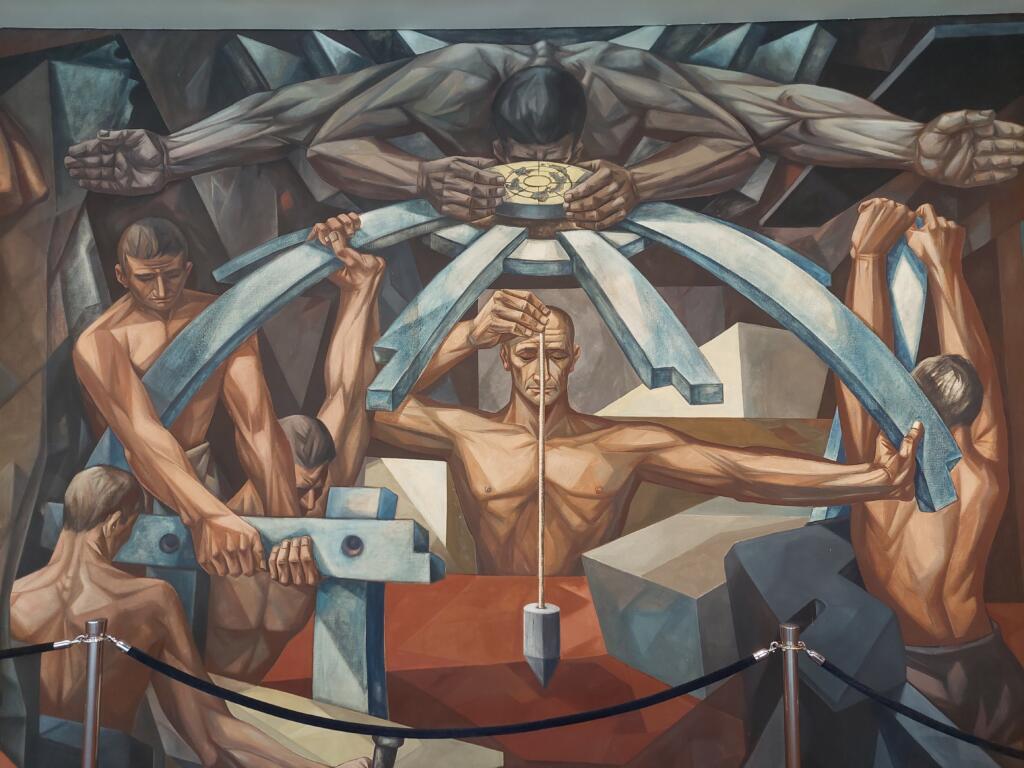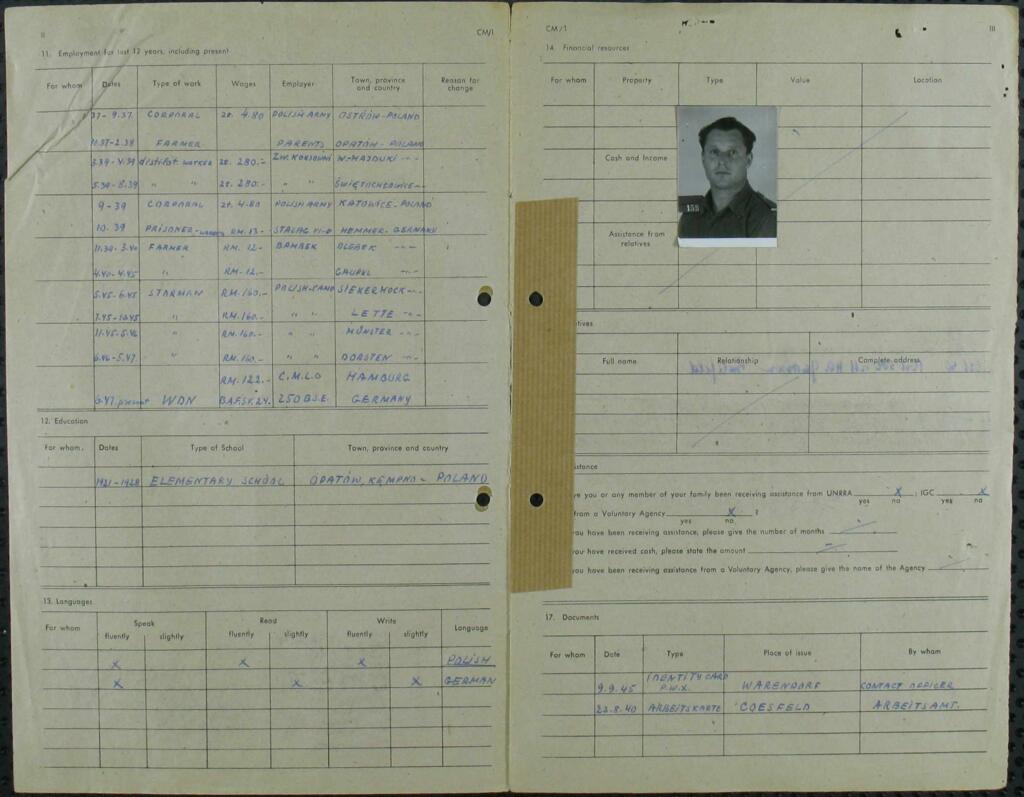B05From “Displaced Persons“ to “Refugee”
Legal-Bureaucratic Human Categorization in the Postwar Period
At the end of the Second World War, the Allies found more than 8 million people in Central Europe who could not or would not return to their country of origin.

These were initially considered "displaced", later also "refugees", "expellees" or "stateless foreigners". Linked to these categorisations was the question of where stateless, often formerly deported or fugitive people came from and went to, of their agency and "rights to rights" (Hannah Arendt).
How did the self-classifications and external classifications of those seeking protection outside their state of origin change in the post-war period? To what extent did older, for example racialising categories from the Nazi or colonial era or humanitarian and religious connotations of the concept of refugee come into play? The project examines these and other questions in the case of the Ruhr region. It shows how the British occupation administration, the international organisations and the people in transit dealt with multiple affiliations and, through their interaction, produced the generic category of person "refugee".

As a region characterised by a high degree of mobility, the Ruhr region of the post-war period stands for a condensed area of overlapping categorisations of self and other. As a result of the world wars and the new border demarcations in the 20th century, multiple spatial affiliations became a fundamental problem for countless people. The resulting conflicts about categorisations of self and other had considerable effects - for example, on the establishment of our current concept of refugee and the political self-conceptions of those seeking protection.


